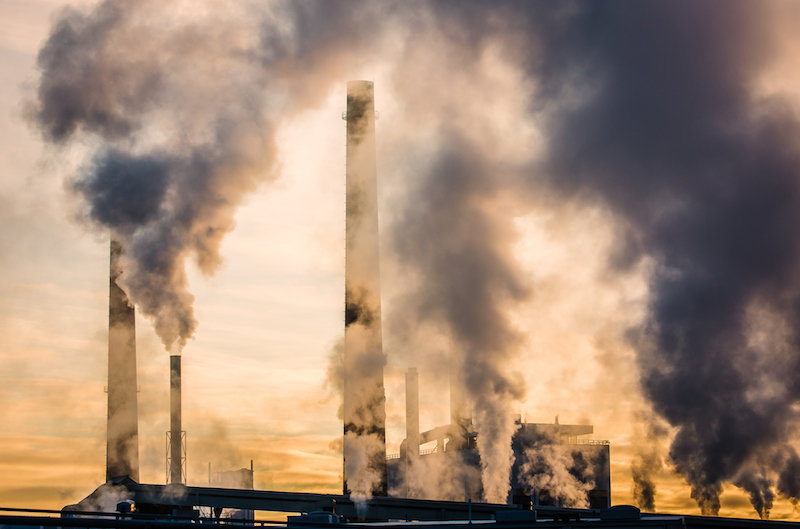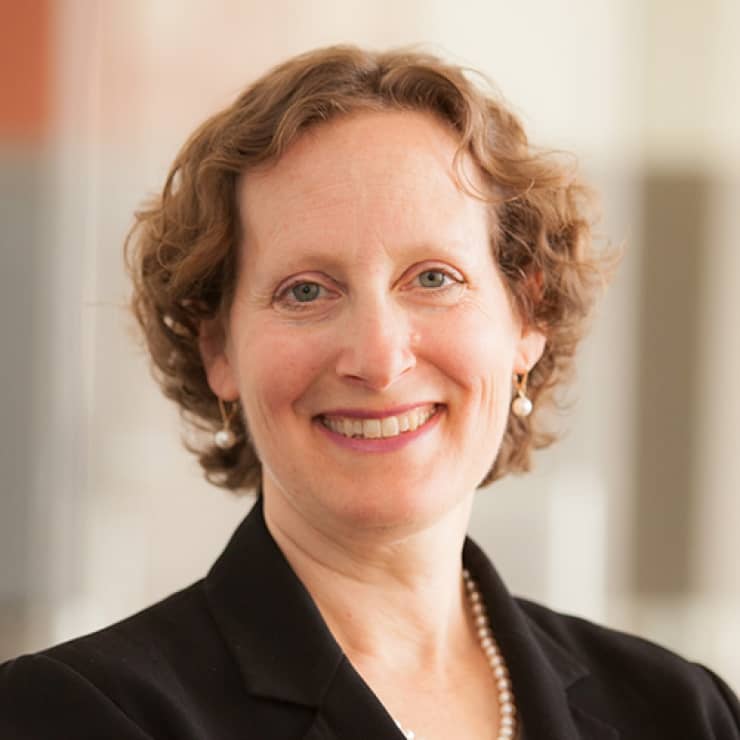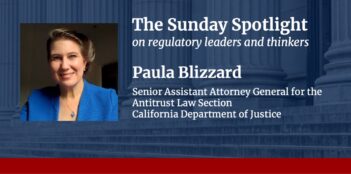
Vulnerable communities will benefit from a holistic and place-based focus in the shift toward a green economy.
A recent study tells us that Hurricane Maria, which struck Puerto Rico in September 2017, may have caused as many as 4,600 deaths, far exceeding the initial official death toll of 64. In contrast, contemporaneous hurricanes in Texas and Florida appear to have caused far fewer deaths: 88 in Texas and 75 in Florida.
The differing outcomes bring home the importance of Sidney A. Shapiro and Robert R. M. Verchick’s recent article, which explores the way that underlying social vulnerability determines the impacts of major environmental transitions.
Just as a hurricane’s consequences differ dramatically depending on many socioeconomic factors—including infrastructure, access to medical care, and financial resources—the consequences of a shift to a green economy will differ based on the impacted communities’ underlying characteristics—both for ill and for good.
Reckoning with underlying vulnerabilities requires more from environmentalists and social welfare advocates. As Shapiro and Verchick observe—and as I have elsewhere discussed—the environmental justice movement’s holistic and place-based focus expands upon the traditional environmental movement’s narrower and more utilitarian scope.
While traditional environmentalism focuses on the reduction of discrete pollutants and the narrow harms they cause, a holistic approach focuses on quality of life. In addition to achieving discrete pollution reduction goals, the holistic approach considers overall pollution exposures, as well as economic opportunities and access to basic needs.
And while traditional environmentalism focuses primarily on overall pollution reductions, environmental justice is more place-based, attending to the distribution of costs and benefits as well as aggregate results.
The environmental justice movement’s broader perspective can inform clean energy policy as the United States shifts toward a clean energy economy. California’s climate policies, many of which provide environmental and economic opportunities to the state’s most disadvantaged communities, could serve as a model for other states and nations working toward a green transition.
California’s first comprehensive climate law, AB 32, instructed the California Air Resources Board (CARB) to align the state’s climate efforts with improving air quality, which is severely impaired in many areas of the state. Later statutes have required the state to devote 35 percent of its greenhouse gas cap-and-trade program’s revenues to benefit disadvantaged communities. The state identifies disadvantaged communities using a wide range of socioeconomic and environmental characteristics that are similar to the vulnerability criteria Shapiro and Verchick identified.
Local governments and community groups can use the revenue designated for disadvantaged communities to reduce emissions of greenhouse gases and co-pollutants, subsidize energy efficiency projects or localized renewable energy, finance electric transportation, and support other community-enhancing measures.
Other examples of California measures that further socioeconomic justice include programs that provide electric vehicle rebates to low-income individuals and require utilities to fund rooftop solar on multi-family housing.
Some of these programs might raise eyebrows: for example, financing electric cars in poor neighborhoods. Really? But a deeper look reveals how these initiatives provide multiple benefits.
From an environmental perspective, they reduce greenhouse gases and associated pollutants in areas most likely to suffer from high concentrations of traditional pollution—much of it caused by mobile sources.
From a social welfare perspective, residents in disadvantaged communities are least likely to afford electric cars without financial support, so the money is used to offer more access to this amenity for those in need.
And from an economic standpoint, as California’s cap-and-trade program becomes increasingly stringent, gas prices are likely to rise. Programs financing electric transportation will help insulate poor areas from the economic impact of rising prices.
Instead of poor people feeling priced out of a green energy transition—watching Priuses zip by on the freeway or through their neighborhoods—funding electric transportation in poor communities allows residents to participate in a green transition, giving a sense of inclusion and psychological buy-in.
These benefits apply to other California programs intended to benefit disadvantaged communities, like energy efficiency and distributed renewables. And promoting a green transition in poor areas could bring the added economic benefit of local job opportunities.
But Shapiro and Verchick do not concentrate solely on how a green transition can benefit today’s most vulnerable communities. They also focus on the newly-jobless and others potentially left behind in the green transition. Their focus requires an expanded vision for environmental justice and social welfare advocates.
Environmental justice and social welfare advocates have traditionally focused on empowering marginalized communities by protecting them from pollution, increasing access to medical care, providing jobs, and economic resources, creating safer streets, and more.
But assuming a zero-sum world, some observers may fear that increasing opportunities for marginalized communities, as California is doing, reduces opportunities for more advantaged groups. They could perceive that helping marginalized communities creates a new distribution problem—that new opportunities for some workers could come, or appear to come, at the expense of others. For example, some of these observers might view efforts to provide non-union energy efficiency jobs for low-skilled workers in inner cities as a threat to long-standing lower-middle-class union jobs in the fossil fuel industry.
As Shapiro and Verchick note, a community’s underlying vulnerability matters. When the fossil fuel industry fades, company shareholders will be okay. They will sell some shares and buy others. Corporate managers will find other corporations to manage. But the fossil fuel workers at risk in a green transition—whether miners in Kentucky or refinery workers in Louisiana—live on the edge.
When mines or plants close, workers have few options. And the options they do have could require wrenching moves away from family and community—and the disintegration of community itself. The environmental justice and social welfare movements have been good at focusing on how to raise up those who are down. But to avoid injustice in a transition to a green economy, these movements must join forces with other movements that seek to maintain a decent standard of living for working people.
To be sure, climate justice advocates have already called for a just transition that helps displaced workers find new opportunities. The next challenge will be moving beyond declarations of principle and forging real political alliances that bring together environmental justice groups, environmental groups, and social welfare advocates on behalf of all the workers and communities with a stake in a green transition.
This essay is part of a six-part series, entitled Social Justice in a Green Economy.




